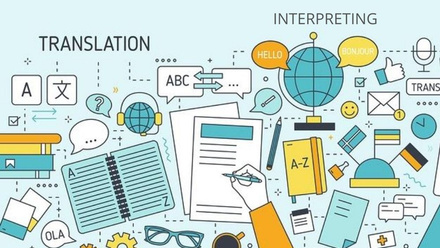The A, B and C languages of a conference interpreter
Conference interpreters are able to express themselves better and more fluently in some languages than in others.
The languages they speak fluently are called their ‘active languages’ and those which they understand perfectly but do not speak so fluently are called their ‘passive languages’.
The languages in which interpreters work are categorised as follows:
| Language | Description | Active or Passive |
| 'A' Language | This is the interpreter's mother tongue (or strict equivalent), and the language into which the interpreter works from their other working languages, in both simultaneous and consecutive interpreting. As such, it is classified as an active language for the interpreter. | Active |
| 'B' Language | This is not the interpreter's mother tongue, but is a language in which the interpreter is fluent, to the extent that they are able to work into this language from their other working languages. However, the interpreter may choose to work into this language in only one type of interpreting – usually consecutive, as this is not such a fast-paced type of interpreting. The 'B' language is also an active language for the interpreter. | Active |
| 'C' Language | An interpreter's 'C' language is one which they understand perfectly well, but into which they do not work. They will work from the 'C' language into one of their active languages and the 'C' language is therefore classified as a passive language for the interpreter. | Passive |




